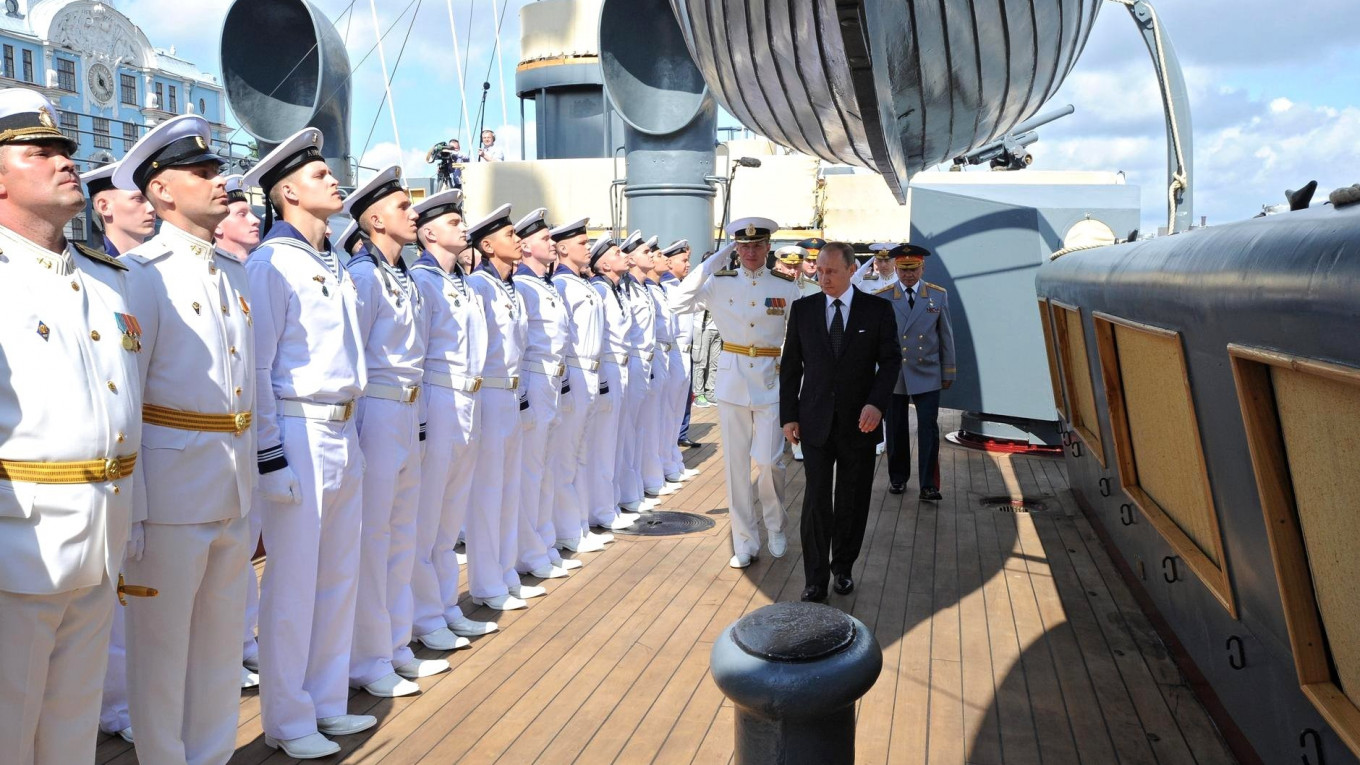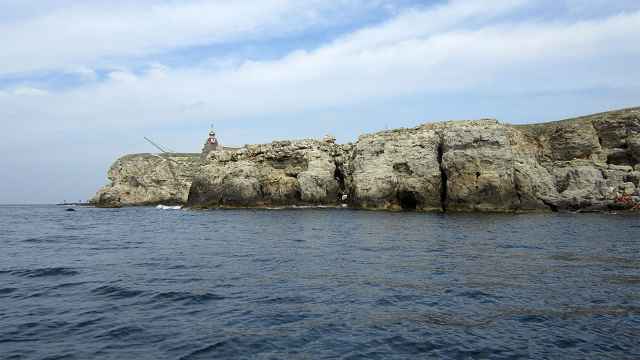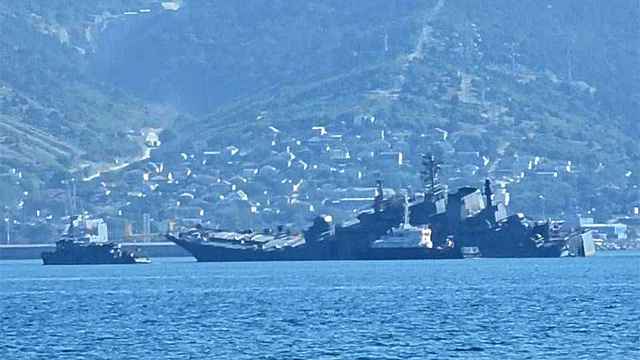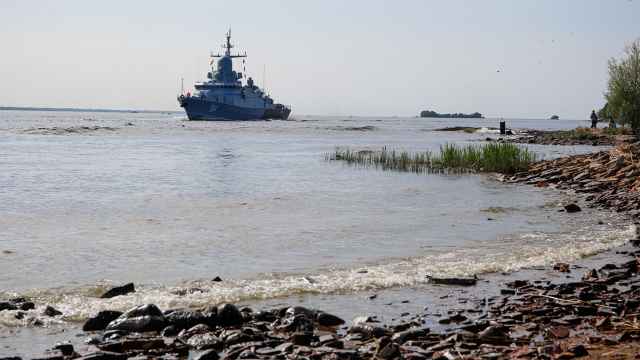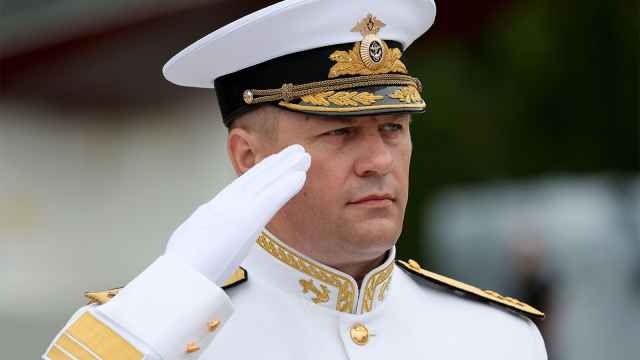The Boiky and Stoiky, two of Russia’s newest naval vessels, jointly engaged in training exercises for the search, detection and destruction of conditional enemy submarines in the Norwegian Sea, the Russian Navy said.
The ships applied their anti-submarine armament and tested air-defense systems as part of the training. It was part of a longer voyage, the main mission of which is to “demonstrate Russian naval presence in various parts of the Atlantic Ocean,” the military said.
Another Russian vessel, the Vladikavkaz, a Northern Fleet Kilo-class submarine, will this week sail in surface position through the Norwegian Sea en route to St. Petersburg from the Kola Peninsula.
The training started on Tuesday right before the Dynamic Mongoose, NATO’s annual anti-submarine exercise. Six frigates, 10 aircraft and several submarines from Canada, the United States, France, Germany, Poland, Spain, Turkey and the United Kingdom, as well as the host nation Norway, participated in the drill. The warfare will last until July 14.
Among them are ships from NATO’s Standing Maritime Group One (SNMG1), which is sailing north directly after completing the annual Baltic Operations (BALTOPS). The navy group consists of U.S. flagship guided-missile destroyer USS Gravely, British frigate HMS Westminster and Turkish frigate TCG Gokova, NATO said.
The Dynamic Mongoose will be held in the Norwegian Sea west of Andøya, northern Norway.
It is not the first time Russia has sent its naval ships to the Norwegian Sea in connection with allied NATO training. During Trident Juncture 2018, two Russian Baltic Fleet ships engaged in anti-aircraft and anti-submarine defense training in waters close to the NATO exercise area.
Boiky and Stoiky are part of Russia’s new Steregushchiy-class corvettes. They were delivered to the Baltic Fleet in 2013 and 2014 respectively.
The Russian Navy categorizes Steregushchiy-class ships as corvettes because of their size, but NATO considers them as frigates. Six vessels of this class have been already built while the other seven are still under construction. They have a top speed of 27 knots, a cruising range of 6,437 kilometers and a crew of 99 people. Their weaponry includes A-190 and AK-630M artillery systems, as well as supersonic Kh-35 Ural anti-ship cruise missile systems, Redut medium-range surface-to-air missile systems and torpedos.
A Message from The Moscow Times:
Dear readers,
We are facing unprecedented challenges. Russia's Prosecutor General's Office has designated The Moscow Times as an "undesirable" organization, criminalizing our work and putting our staff at risk of prosecution. This follows our earlier unjust labeling as a "foreign agent."
These actions are direct attempts to silence independent journalism in Russia. The authorities claim our work "discredits the decisions of the Russian leadership." We see things differently: we strive to provide accurate, unbiased reporting on Russia.
We, the journalists of The Moscow Times, refuse to be silenced. But to continue our work, we need your help.
Your support, no matter how small, makes a world of difference. If you can, please support us monthly starting from just $2. It's quick to set up, and every contribution makes a significant impact.
By supporting The Moscow Times, you're defending open, independent journalism in the face of repression. Thank you for standing with us.
Remind me later.


